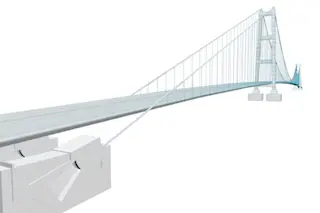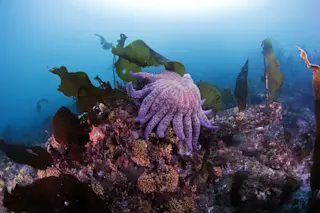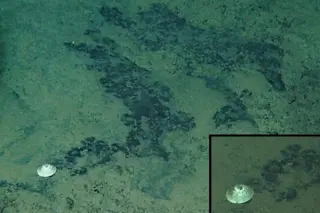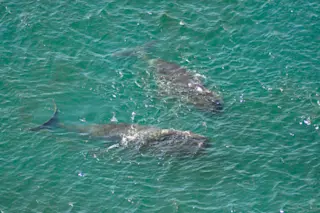The Brooklyn Bridge was just a beginning. In the 121 years since John Augustus Roebling’s masterpiece of steel and stone first spanned the East River, engineers have reinvented the suspension bridge and its constituent parts. Over the next 20 years, a new generation of designs will remake the world’s geography—yoking continents, binding archipelagoes, and rising above the roughest waters.
Last year, the Italian government approved a controversial $5 billion project to build a bridge across the Strait of Messina, connecting the island of Sicily to Calabria in mainland Italy. The 2.05-mile-long Messina Bridge will be almost twice the length of the current record holder, the 1.24-mile Akashi Kaikyo Bridge in Japan. It will reduce commuting times across the strait from more than an hour to minutes and transform the economy of southern Italy, long the country’s poorest region. Yet the strait should prove daunting to even the most daring engineer. ...















